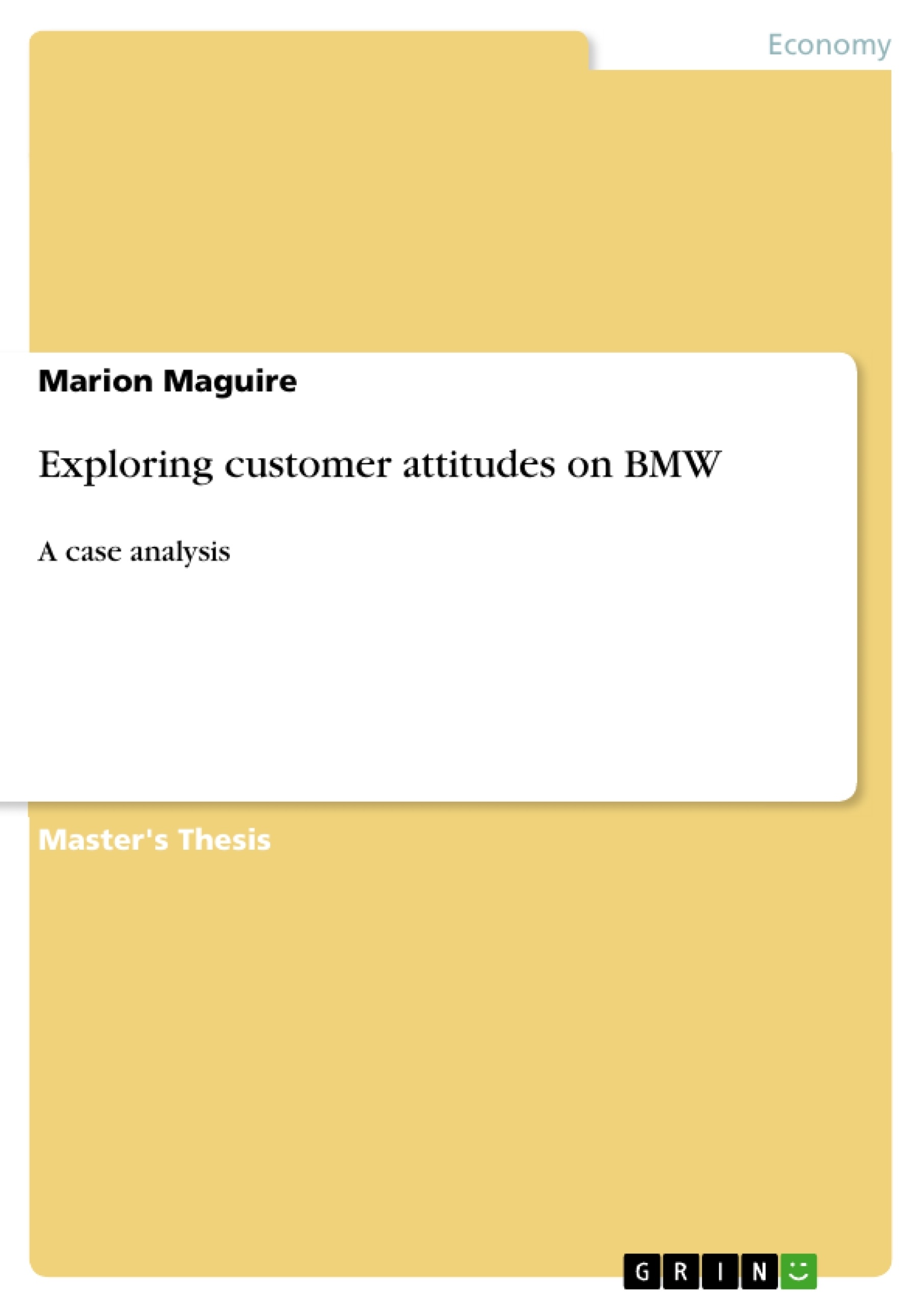“Building a brand is both an art and a science. It is the strategic mix of focus and risk that gives a brand its meaning in people’s lives (Dolan, 2003)”. Branding has been around for centuries as a means to distinguish the goods of one producer from those of another. Brand elements identify and differentiate the brand. However, many practicing managers refer to a brand as more than that. They define a brand in terms of having actually created a certain amount of awareness and reputation in the marketplace, which distinguishes a small brand from a big brand. Especially strong brands have a number of different types of intangible image associations that link customers emotionally to the brand. Prior research has explored differences in customer perception and evaluation of brands for example through investigating brand equity. More recent research has found out that customers differ not only in their perception of brands but also in how they relate to brands. This suggests that people sometimes even form a relationship with a specific brand (Aggarwal, 2004).
Branding and brand-based differentiation are powerful means for creating and sustaining competitive advantage (Aggarwal, 2004). Highly competitive markets like the automotive market make powerful, strong brands essential to accomplishing growth. According to Agarwal, Dahlhoff & Rao (2004), companies create brand equity by delivering quality products and by creating strong, unique and favorable brand associations. Customer loyalty, larger margins, brand extension opportunities, enhanced perceptions of product performance, and increased marketing effectiveness and efficiency among other things are possible benefits of building up brand equity.
This research paper will look at the brand BMW. BMW, which stands for “Bayerische Motoren Werke”, is a major European manufacturer of luxury cars. The headquarters of the multinational corporation BMW Group is in Munich, Germany. The company has built substantial brand equity over the years through the continuous branding efforts for high quality products. The luxury car category includes both traditional and functional luxury cars. U.S. manufacturers mainly produce traditional luxury cars, while functional luxury cars are represented primarily by European manufacturers such as BMW (Bernhardt & Kinnear, 1994).
Table of Contents
- Introduction
- Objective of the Study
- Purpose of the Study
- Background of Study
- Conceptual Framework
- Theoretical Foundation
- Development of Research Questions
- Hypotheses Development
- Research Methodology
- Information Needs and Data Collection Methods
- Development of Questionnaire
- Sample Design
- Data Analysis and Findings
- Descriptive Statistics
- Results from Quantitative Research
- Other Findings
- Conclusion
- Discussion
- Limitation of Study
- Future Research
- References
Objectives and Key Themes
This study aims to analyze brand attitudes, customer satisfaction, and brand loyalty towards BMW. It uses quantitative research methods to investigate the brand equity of BMW by examining awareness, brand image, and customer perceptions.
- Brand awareness and recall among existing and potential customers.
- The image of BMW and its association with specific attributes.
- Factors influencing customer satisfaction, such as perceived customer service, quality, innovation, technology, and price.
- The relationship between customer satisfaction and brand loyalty, including repurchase and attitudinal loyalty.
- The potential for expanding the target market and optimizing the product line.
Chapter Summaries
The first chapter introduces the study's objective and purpose, setting the stage for exploring brand attitudes and customer loyalty towards BMW. Chapter two dives deeper into the theoretical framework, building a foundation for understanding brand equity and its application to the automotive market. This chapter also outlines the development of research questions and hypotheses. Chapter three delves into the research methodology, explaining the data collection methods, the survey design, and the sample selection process. Chapter four presents the findings of the study, showcasing descriptive statistics and insights from the quantitative research. This chapter also highlights other notable findings from the analysis. The final chapter, while not included in this preview, would discuss the study's conclusions, limitations, and potential avenues for future research.
Keywords
This case study focuses on the analysis of brand attitudes, customer satisfaction, and brand loyalty towards BMW. It delves into the concept of brand equity, exploring its creation and application to the automotive market. Key concepts include brand awareness, brand image, customer service, perceived quality, perceived innovation, perceived technology, perceived price, repurchase loyalty, attitudinal loyalty, and target market expansion.
- Citar trabajo
- Marion Maguire (Autor), 2004, Exploring customer attitudes on BMW, Múnich, GRIN Verlag, https://www.grin.com/document/35573



